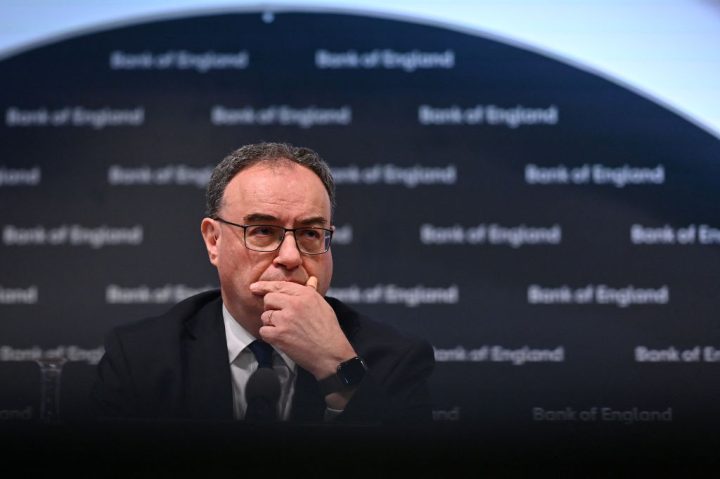The Bank of England has voted to keep rates at 5.25 per cent – but there are signs that a rate cut may not be far off. The Monetary Policy Committee (MPC) voted 8-1 to hold the base rate. Yet there was a dovish shift in direction compared to the last meeting.
Already a subscriber? Log in
Subscribe for just $2 a week
Try a month of The Spectator Australia absolutely free and without commitment. Not only that but – if you choose to continue – you’ll pay just $2 a week for your first year.
- Unlimited access to spectator.com.au and app
- The weekly edition on the Spectator Australia app
- Spectator podcasts and newsletters
- Full access to spectator.co.uk
Or





















Comments
Don't miss out
Join the conversation with other Spectator Australia readers. Subscribe to leave a comment.
SUBSCRIBEAlready a subscriber? Log in